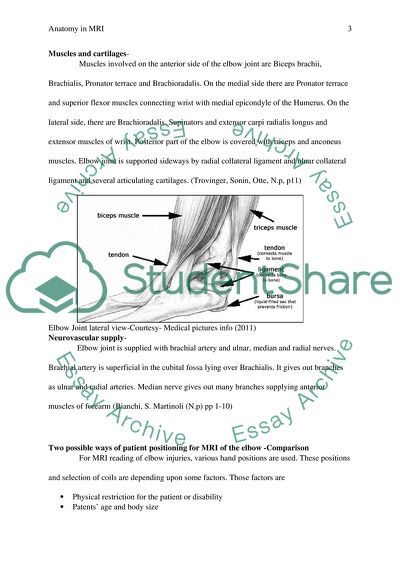Cite this document
(Anatomy in MRI Magnetic Resonance Imaging Report - 1, n.d.)
Anatomy in MRI Magnetic Resonance Imaging Report - 1. https://studentshare.org/biology/1768744-anatomy-in-mri-magnetic-resonance-imaging
Anatomy in MRI Magnetic Resonance Imaging Report - 1. https://studentshare.org/biology/1768744-anatomy-in-mri-magnetic-resonance-imaging
(Anatomy in MRI Magnetic Resonance Imaging Report - 1)
Anatomy in MRI Magnetic Resonance Imaging Report - 1. https://studentshare.org/biology/1768744-anatomy-in-mri-magnetic-resonance-imaging.
Anatomy in MRI Magnetic Resonance Imaging Report - 1. https://studentshare.org/biology/1768744-anatomy-in-mri-magnetic-resonance-imaging.
“Anatomy in MRI Magnetic Resonance Imaging Report - 1”. https://studentshare.org/biology/1768744-anatomy-in-mri-magnetic-resonance-imaging.


